The Article
Premium Wireless 301 From Piega
30th October 2019
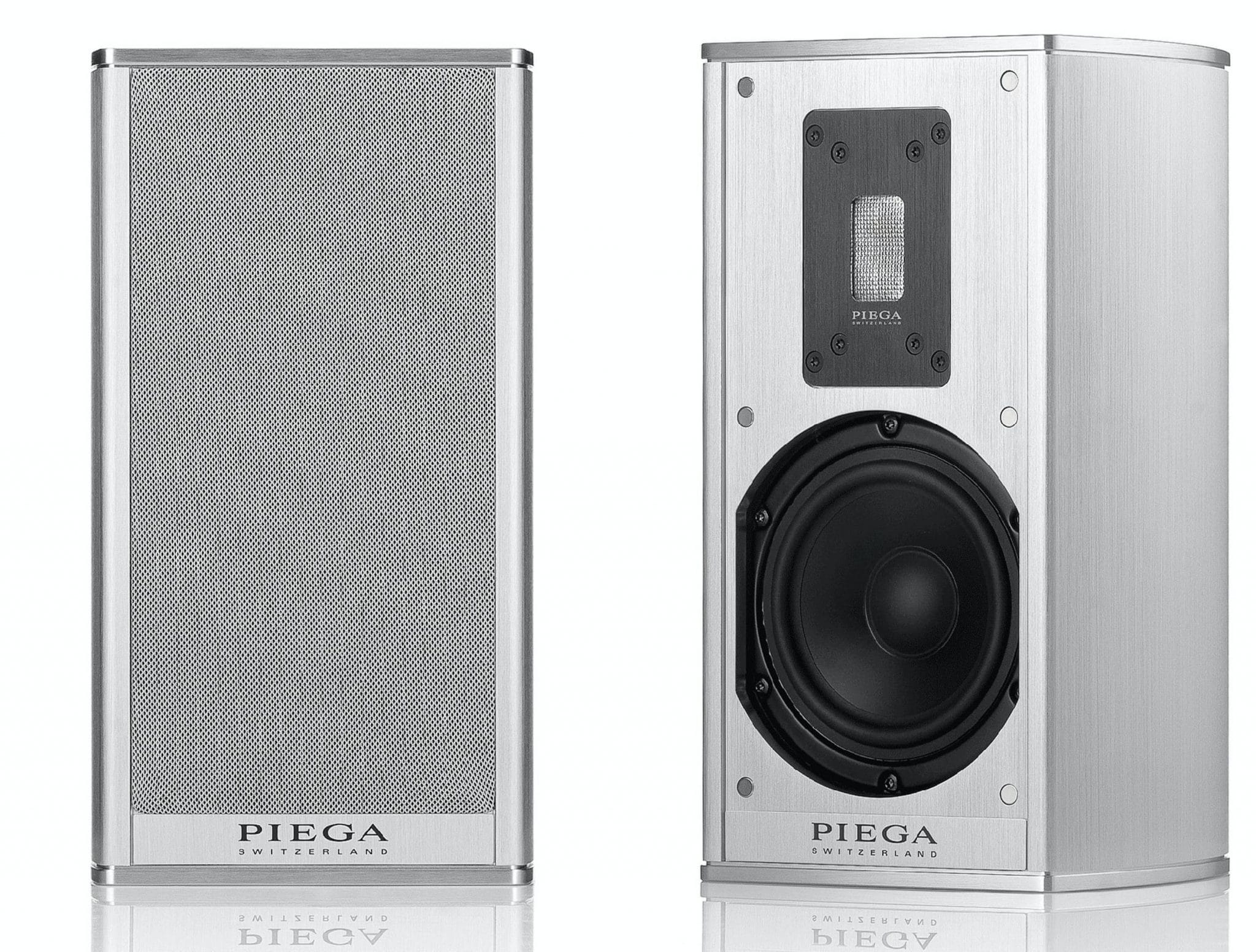
A wireless system based on powered speakers, Paul Rigby reviews the Connect unit and 301 speakers as an all-in-one special offer package
Comprising two wireless 301 powered speakers and a small box called Connect, the Swiss-made Premium Wireless 301 system integrates Digital Sound Processing and a digital amplifier into each speaker.
The small Connect module can connect to your TV, network streamer and more. The signals are transmitted via a lossless digital wireless link, enabling music to be played via analogue and digital inputs at an output resolution up to 24bit/96kHz, as well as via the integrated Bluetooth (aptX) module.
Measuring just 33 x 162 x 167mm and weighing 650g, the Connect includes RCA, coax and S/PDIF inputs, RCA outs and, in addition to Wi-Fi link connecting the Connect module to the speakers, the system also offers aptX, A2DP, AVRCP Bluetooth. It runs off a 5V power supply.
The Connect includes a pair of volume buttons on the upper front area plus a Bluetooth pairing button. The rear also offers controls for multi-room use plus the option to alter volume from fixed to variable. If a wireless connection proves troublesome, you can also select one of three wireless frequencies.
The 301 speakers are generously proportioned for stand mounters measuring 340 x 180 x 230mm and weighing a meaty 9kg each. Mainly because the chassis is made from aluminium. A 2-way system, it features a 140mm mid/bass unit and a LDR 2642 Mk.II ribbon tweeter. Packing 100W, it features a magnetically attached front grill.
A similar set of multiroom options are found on the rear of each speaker while each speaker can be set as the left or right speaker of a pair or as a mono speaker. Room positioning functions: neutral, wall and corner expand set up options. A single analogue input is found here too.
Both speakers and Connect include a USB socket but that’s there for Service/Upgrades only. It’s a shame that you can’t connect a USB source directly to the Connect box but if the Connect is connected to a CD player or streamer than you may be able to connect the USB device to that.
And that’s really how this Premium Wireless 301 system is supposed to work, as part of something else. It’s not designed to dominate. It’s a facilitator only. So, for example, there’s no remote or app to control the Piega system. The Piega system should be connected to a streamer or CD player or whatever other source you fancy adding to it. You use the remote or app for that source device to control the Piega. You see? The Piega is designed to be invisible, as part of a larger source setup controlled by another device. The Piega is subservient to that device.
The Premium Wireless 301 can be connected in a wired fashion but that’s not the point off this system and I wouldn’t recommend buying it if a wired connection is what you’re after, there are superior options. Wired is a useful backup but wireless is where this system comes to the fore.
SOUND QUALITY
To begin, I used my iPhone 8 to connect to the Premium Wireless 301 via Bluetooth and played Paul McCartney’s My Valentine from the album Kisses on the Bottom.
Generally speaking, streaming is not the best delivery service of a music signal and Bluetooth is similarly compromised. While the phone itself is not exactly a perfect source so this test is almost a worst-case scenario.
And yet the Piega did a tremendous job on this lossy file. Yes, there were issues in terms of that lossy presentation but, putting those inherent file issues to one side I was most impressed on how the Piega assimilated and interpreted that available data.
To begin, the Piega provided a complex, central stereo image. If you don’t get a 3D effect in this section of the soundstage, its harder for the brain to fix a position, which means that instruments sit, flat over a 2D canvas and float all over the place like clouds shifting across a blue sky. The Piega instead pushed the vocal backwards into the soundstage, fixing it and then organising instruments left and right to provide a sense of discipline and order.
Next, the system added a sense of clarity and transparency to the McCartney delivery which meant that you could hear the old codger trying to keep his crumbling vocal chords in some sort of fit state. The fight to do that could be heard and the fact that it could be heard at all meant that the Piega was doing something very right indeed.
Next, the Piega revived enough information from the soundstage to allow an increase in tonal realism from the backing instruments. The upright bass had a solidity and weight that was surprising for a Bluetooth stream while the backing strings were pushed towards the listener, as was the piano. On lesser systems, both the piano and strings are forced backwards, as if they’re performing in the hall, outside the studio. Here, they took a full part in the musical affair which added complexity and a rich layering to the overall presentation.
The lightness of touch and vibrancy of the upper mids were a tribute to the performance of the tweeter. I didn’t hear any brightness or pinching effects. Instead, upper frequencies were smoothly done, flowing easily.
I then added an Astell&Kern AK120 to the optical port on the Connect box and played Jamming from Bob Marley at 24bit/96kHz.
The output was neutral, mature and solid in terms of presentation. One thing I did note here and this goes for any source type, the Piega system performed best when the volume was up. I don’t mean shaking the windows but I do mean offering an appreciable amount of gain. Low volume performance was fair but nothing to write home about.
Lifting the volume resulted in the bass moving from sluggish to sprightly. A vigorous performance, in fact, while the midrange and treble was infused with space and detail was enhanced.
In general terms, I was impressed by the bass weight and the nimble way it progressed throughout the song. It never seemed to drag. This added a secure foundation to the entire track. Similarly, the midrange offered plenty of nuanced detail. Bass never swamped this area. Detail was never veiled by the lower frequency spectrum.
I then plugged in an integrated CD player into the analogue inputs and played Neil Young’s album, Comes a Time. The first time that I had used any analogue connection in this review.
I was prepared for a poor performance from this area because the CD player has to convert digital to analogue and then back to digital again for the Piega but I was pretty happy with the CD output. Again, give the CD a bit of a push in terms of volume and the output repays you with a strong, confident bass performance and an ordered, disciplined soundstage.
If I was being hyper critical, I could point to an ever so slight reduction in dynamic reach but, because of the processing involved here, I forgave the final output which offered relatively smooth mids and informative treble output. Frankly though, if CD play is a priority, you shouldn’t be buying a Piega system to use it with in the first place. Any CD player should be used here as a bonus, an adjunct and for occasional use behind the mainly digital output.
Saying that, if you want to play a CD on this system, forget about plugging an integrated CD player into the analogue inputs. Instead, grab yourself an Audiolab 6000CDT transport and plug that directly into the Piega Connect’s coaxial port instead. The signal is more direct, purer and far superior in terms of sound quality.
Midrange offers the epitome in focus. Strummed guitars were not only accurate but offered a super transient performance, notes started and finished on point. While the Nicolette Larson backing vocal were pulled from the wallpaper on the rear of the studio and, instead, took a fuller part in the Young harmonies.
The extra focus meant that instrumental separation was enhanced, adding space in between each and allowing the ear to hear the edges of the same.
Again, nit-picking, I would say that the Piega’s own Connect DAC is not the best in the world because it can be pushed too far and it complains in a slightly edgy way at high volumes (and it is only slight) but the good points far outweigh the bad. The transport approach to CD player provides a much better proposition than an integrated approach.
CONCLUSION
A splendid system and no mistake, the Piega provides excellent overall sound quality. I like the fact that the Connect box is separate from the speakers. It would have been easy for Piega to integrate this technology into the speaker chassis but that would have lowered isolation and increased high frequency noise. As it is, the system provides an open and very attractive sonic output. Add this sound quality to the host of variables, options and features and you have a value package that sounds lovely!
PIEGA PREMIUM WIRELESS 301
Website: www.piega.ch
PRICES:
Connect unit and Speakers combo offer: £1,999
Separately, the Premium Wireless 301 speakers are £1,999 a pair and the Connect unit is £499.
GOOD: overall design, value for money, general sound quality, connectivity
BAD: low volume performance
RATING: 8
[Don’t forget to check out my Facebook Group, The Audiophile Man: Hi-Fi & Music here: www.facebook.com/groups/theaudiophileman for exclusive postings, exclusive editorial and more!]
REFERENCE
iPhone 8 smartphone
MacBook laptop
Astell & Kern AK120 (Red Wine modded)

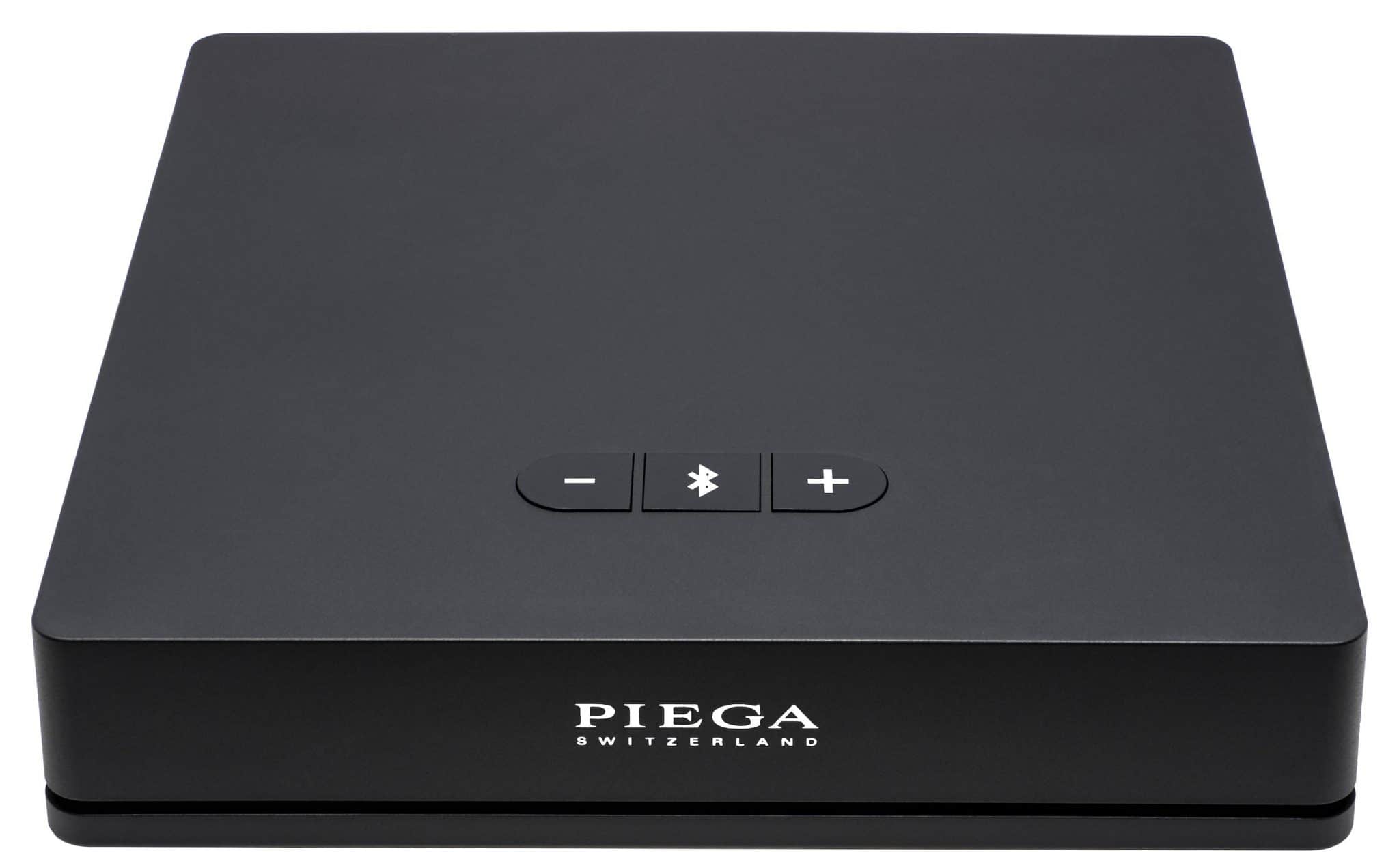
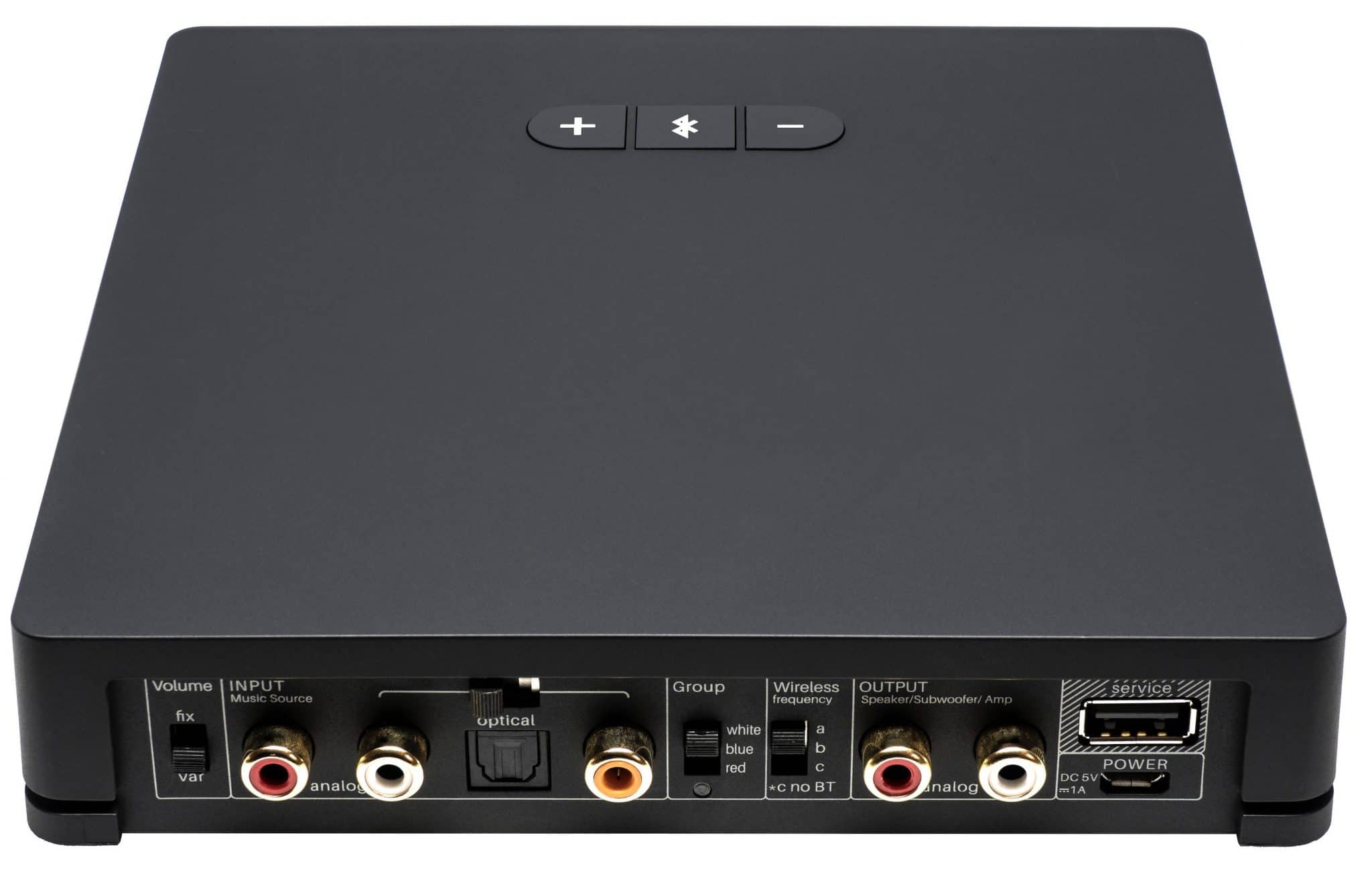
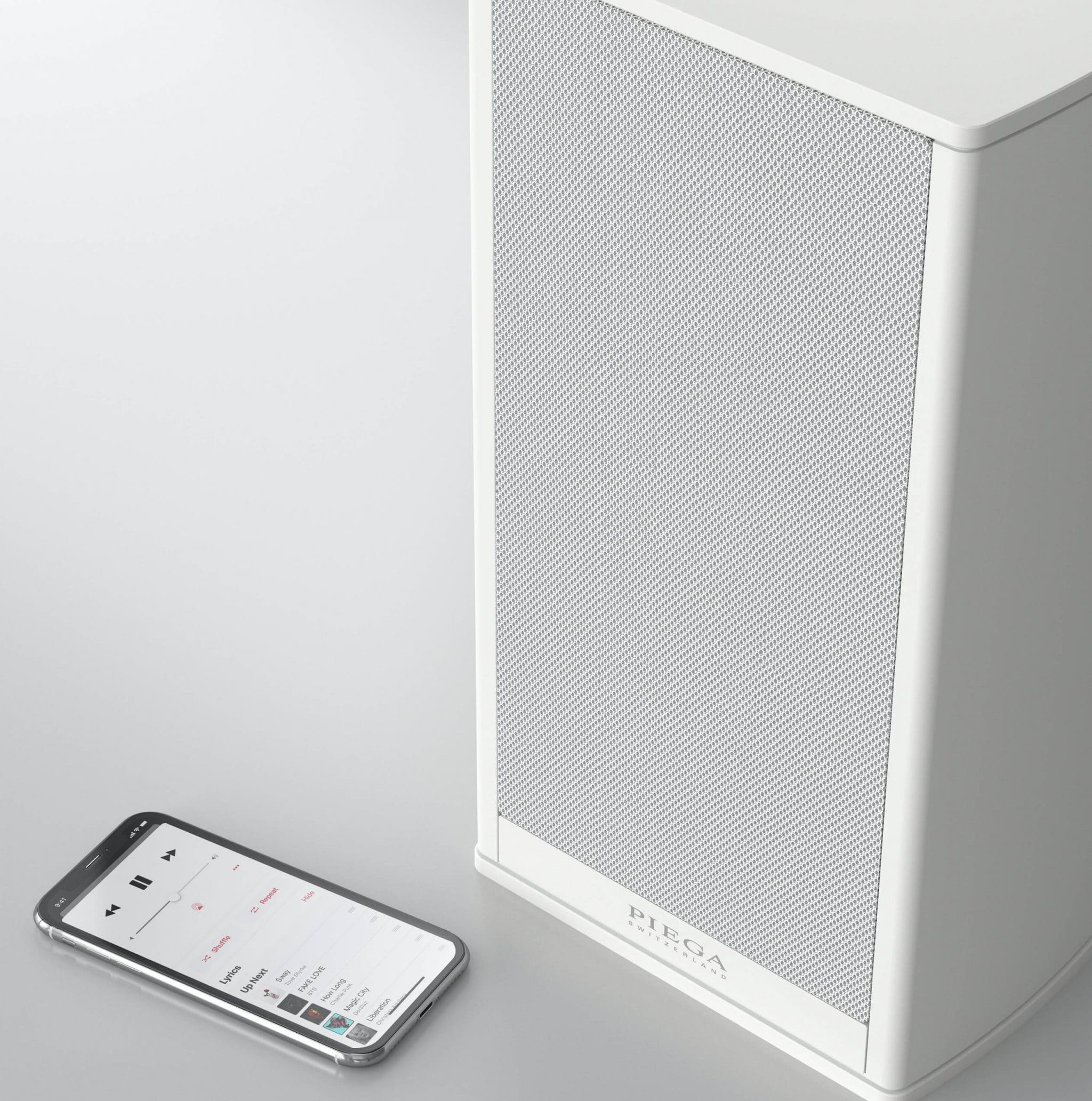
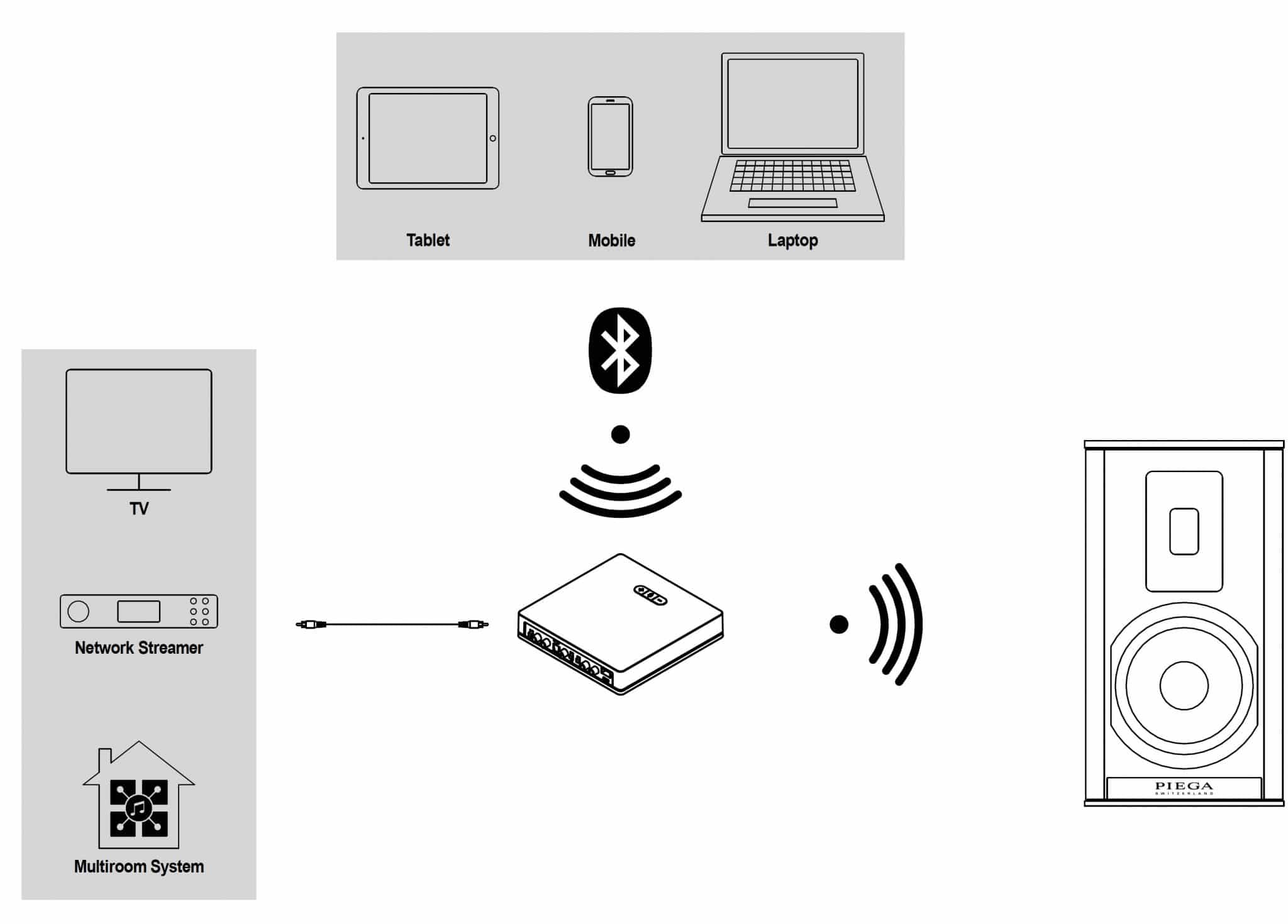
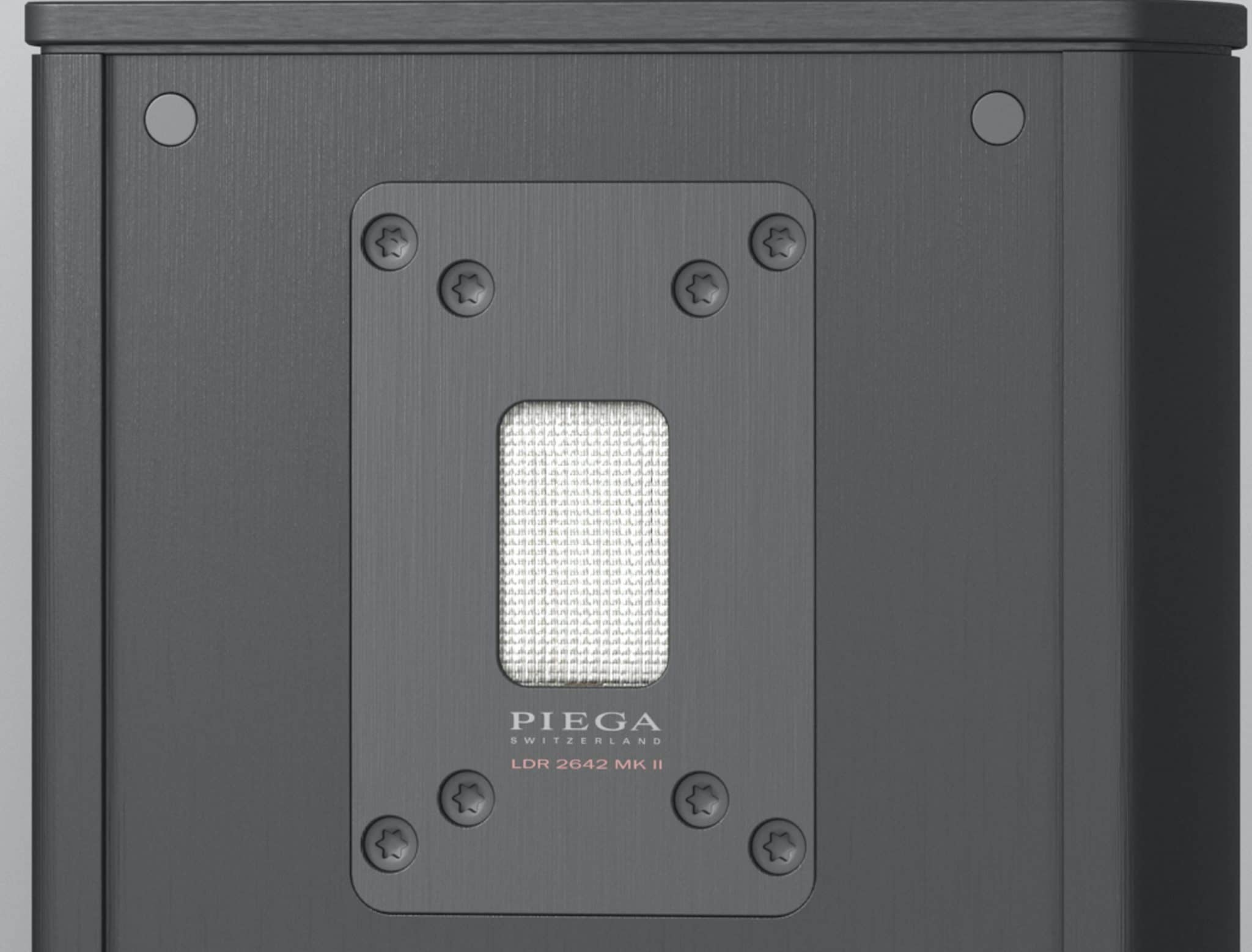
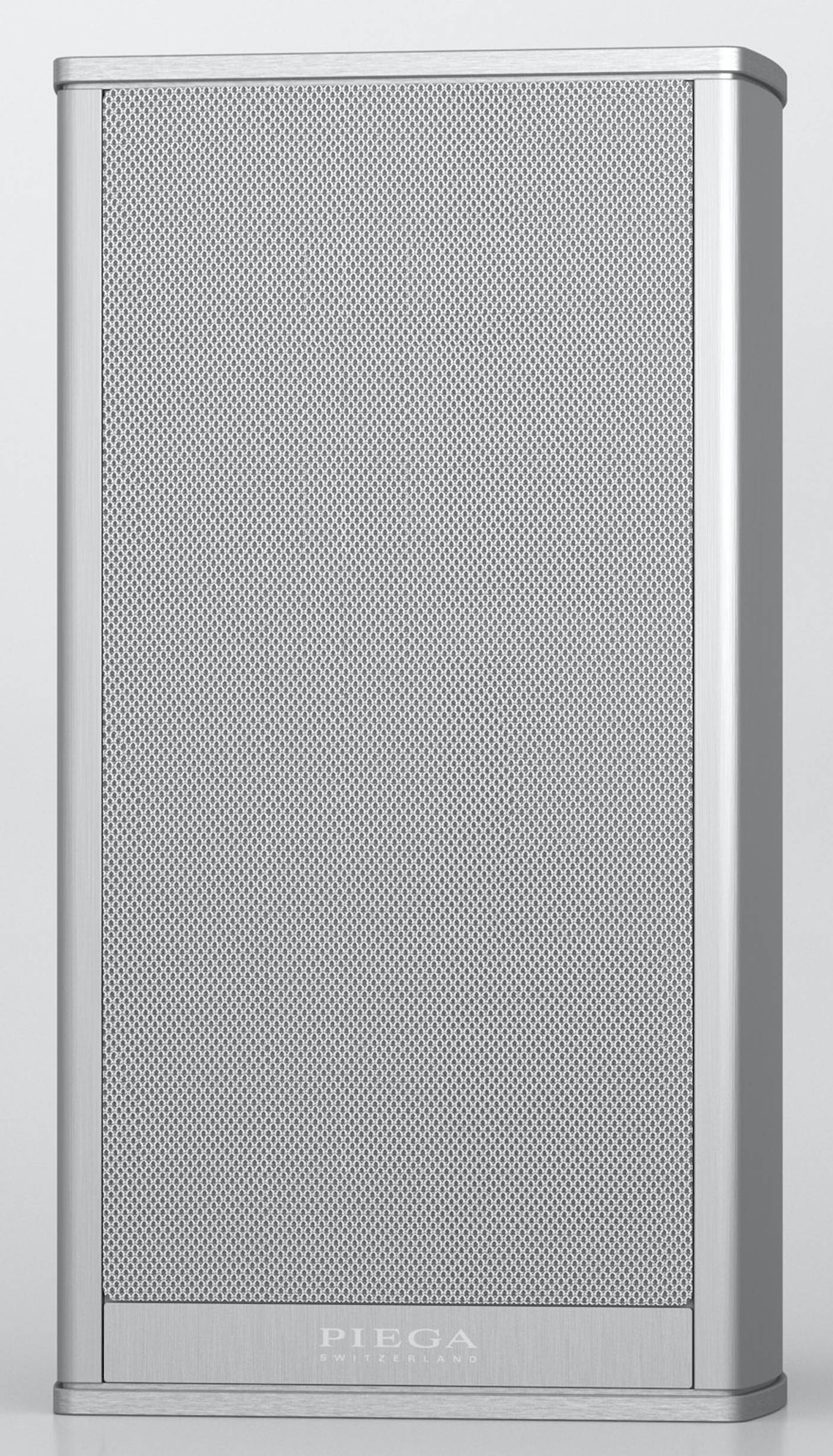

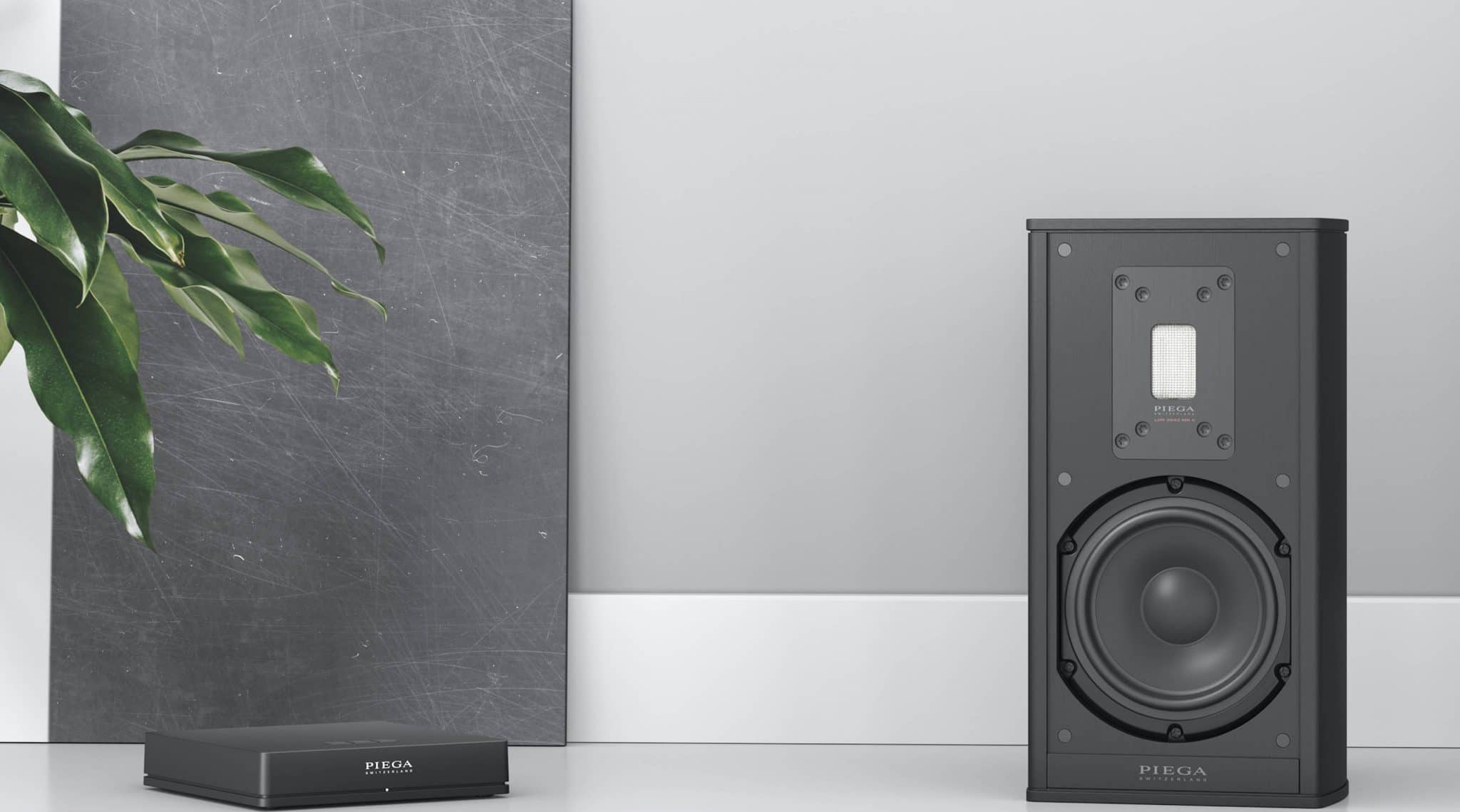



Arnen’t the female vocals by Nicolette Larson on Comes A Time ?
You’re right! What was I thinking – another LP perhaps… I’ll change that now. Thanks.